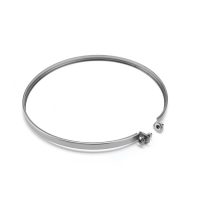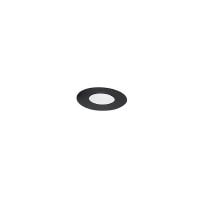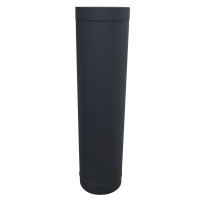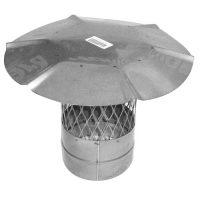
Looks Like
This style is unique. Like traditional stacking, a single row of logs makes up the body of the pile. But instead of building your end pillars, the pile is braced with vertical boards and ropes. The ropes are tied to the boards, then they’re ran through the center of the pile, attached to the boards on the opposite side. The weight of the wood on the boards keeps the tension on the rope ensuring strong end supports.
How-To
First, get four 4’ boards and four 9-foot lengths of outdoor rope. Drill two holes in each board, one about 10 inches from the top and the other about 10 inches from the bottom. Thread one length of rope through the bottom hole and run that rope to the other board through its bottom hole. Repeat the same process for the top holes. Tie a knot in the rope at each end where it passes through the boards. Next, set down a few courses of splits in a single row about 8 feet long, like the traditional stacking method but with no pillars on the ends.. Stand up two of the boards at each end row of splits. Place the lower ropes across the already stacked wood. Then continue stacking wood on the ropes, this will pull the boards into the pile creating tension on the boards and drawing them closer, towards the center of the stack. When the pile gets up a few more feet, place the upper ropes across the wood stack. Stack wood on top of those ropes until the heap rises to the top of the boards.
The positives and negatives
It is best to start stacking on the rope starting in the middle working your way out. The downward pressure in the middle tensions the rope up at each end. When you reach the end of the rope near the boards, the rope has been pulled tight and the wood is tight up against the boards. Ideally, you want the boards leaning in towards the wood.
Once the boards are tight in position, this is the fastest method of stacking wood. The finished product doesn’t look all that great, but there doesn’t seem to be any structural difference between this method and the traditional one.






